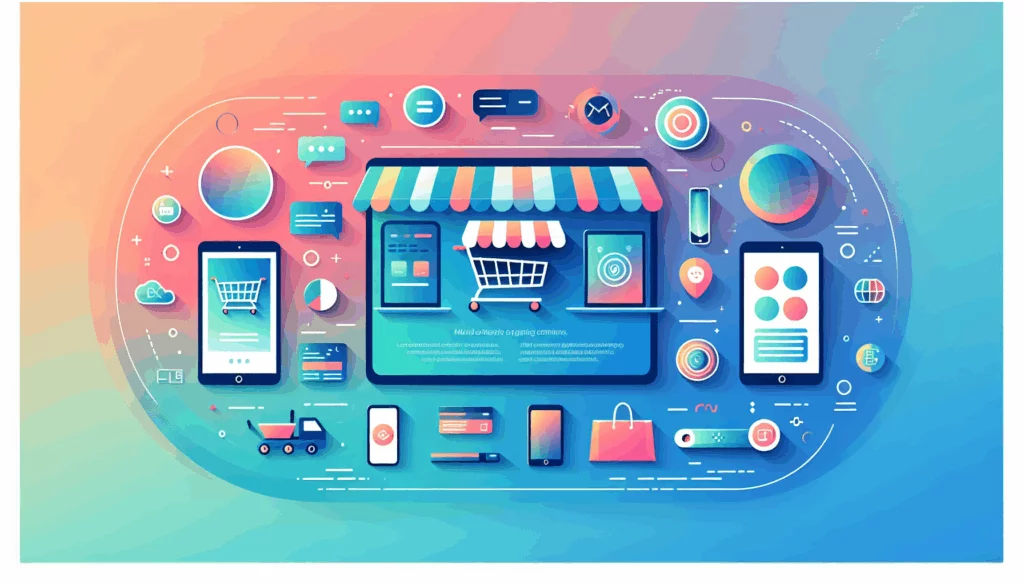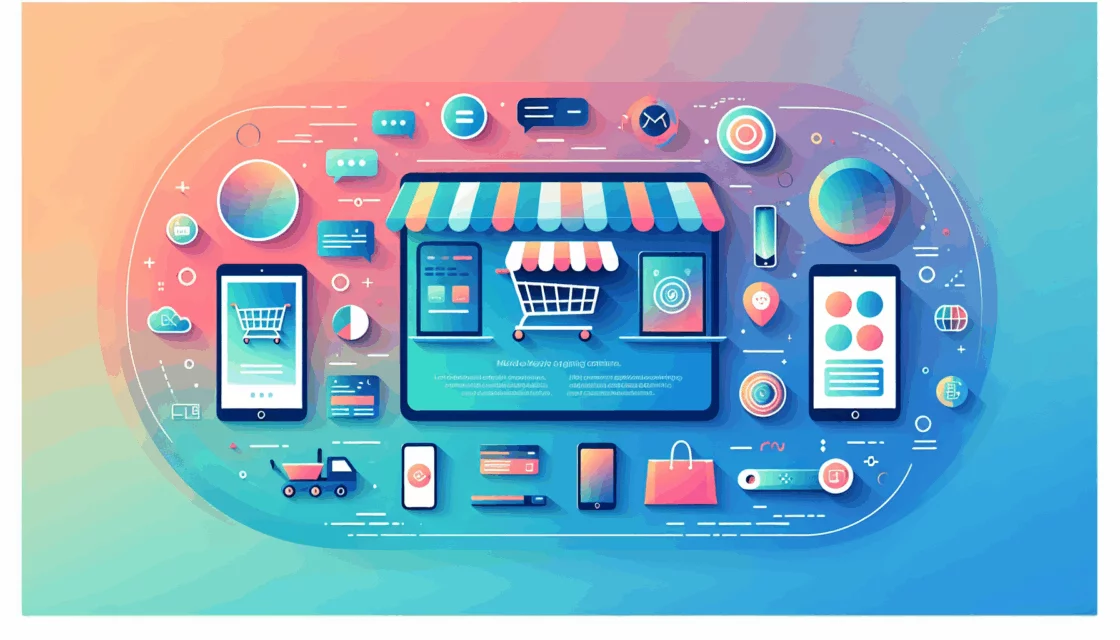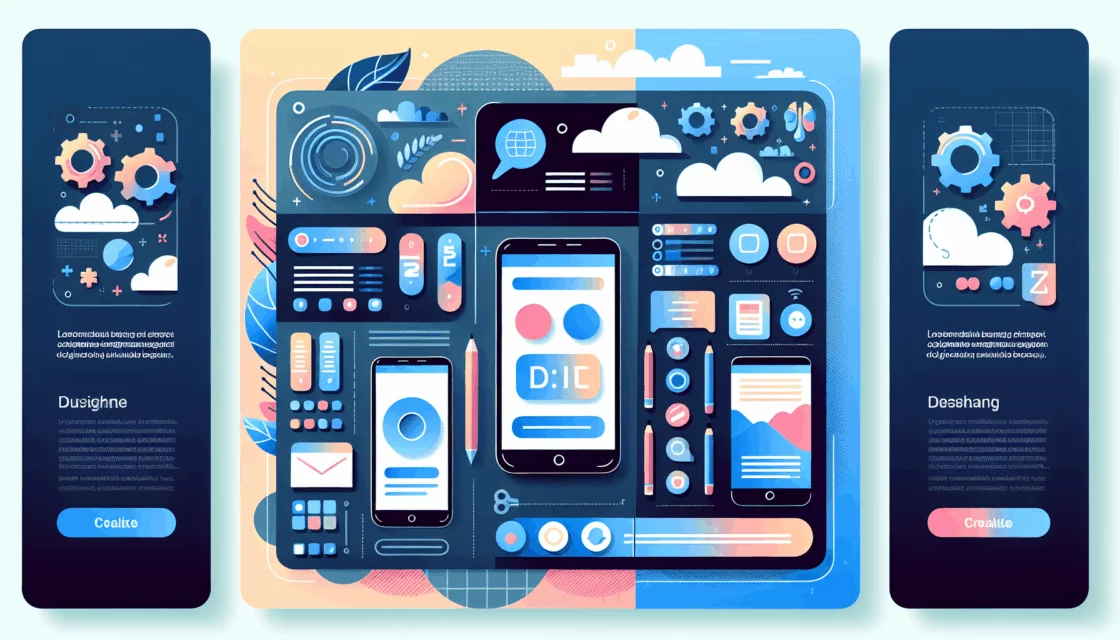
In the competitive landscape of modern business, startups face numerous challenges in establishing their presence and standing out from the crowd. Among these challenges, crafting a distinctive brand identity is paramount, and at the heart of this process lies logo design. A well-designed logo is not merely a visual element; it is the foundation of a brand’s visual identity, influencing perceptions, loyalty, and ultimately, brand recognition. In this context, understanding why every startup needs a strong logo design strategy is crucial for long-term success.
The Role of Logo Design in Branding
Logo design plays a pivotal role in branding, serving as the visual ambassador of a company’s values, mission, and ethos. It is the first point of contact between a brand and its audience, impacting consumer perceptions and influencing decisions about engagement and loyalty.
Communicating Values and Identity
A logo is more than just a symbol; it communicates ownership, quality, and values, making it crucial for building trust and establishing professional credibility as noted by Design Powers. For example, the iconic logos of brands like Nike and Apple are instantly recognizable, evoking feelings of reliability and innovation.
Influencing Consumer Behavior
Studies have shown that logos can significantly impact consumer behavior, with as many as 75% of customers able to recognize brands by their logo alone according to Josh Meah. This recognition can lead to increased trust and loyalty, essential for a startup seeking to build a lasting market presence.
Crafting a Memorable Logo
Creating a memorable logo involves several strategic steps, including research, design, and testing. Here are key considerations for crafting a successful logo:
Researching Target Audiences
Understanding the target audience is critical. This involves studying their preferences, needs, and cultural associations to ensure the logo resonates with them. For instance, the vibrant colors used in logos like Coca-Cola appeal to a broad audience across different cultures.
Design Elements: Colors, Fonts, and Shapes
- Colors: Different colors evoke different emotions and meanings. For example, green often symbolizes nature and stability, while red can signify passion and energy as explained by Canva.
- Fonts: The choice of font should align with the brand’s personality and message. For instance, a serif font like Times New Roman may convey professionalism, while a sans-serif font like Arial can appear modern and casual as discussed by RedKite.
- Shapes: Geometric shapes can convey different messages; for instance, circles often symbolize unity and completeness, while triangles can suggest dynamism according to GoodFirms.
Testing and Refining
Once the design elements are defined, the next step is to test the logo with various audiences using A/B tests or focus groups. This feedback is crucial for refining the design to maximize appeal and impact.
Case Studies: Successful Logo Design
Example: Nike
Nike’s “Just Do It” slogan, combined with its iconic swoosh logo, has become synonymous with motivation and athleticism. This alignment of visual and verbal branding has cemented Nike’s position as a leader in sports apparel.
Example: Google
Google’s colorful and playful logo reflects the brand’s friendly and approachable persona, contributing to its widespread recognition and loyalty. The simplicity and scalability of the logo have been key factors in its success.
Implementing a Strong Logo Design Strategy
Implementing a logo design strategy effectively involves several key steps:
Defining Brand Positioning
Before designing a logo, it’s essential to clearly define the brand’s unique value proposition, target audience, and competitive positioning. Tools like SWOT analysis can help in this process.
Integrating Design into Marketing
Ensure that the logo is consistently used across all marketing materials, including websites, social media, and print media. Consistency is crucial for building brand cohesion.
Partnering with Design Experts
Collaborating with professional design teams, such as those at Belov Digital, can provide valuable insights and expertise in crafting a logo that aligns with your brand strategy.
Leveraging Technology for Logo Design
In today’s digital age, leveraging technology can streamline the logo design process. Tools like Adobe Creative Cloud and Canva offer robust features for creating and refining logos, making it easier for startups to develop professional-looking designs without extensive design experience.
Conclusion
A strong logo design is not just a visual element; it is the cornerstone of a startup’s branding strategy. By investing in a well-designed logo, startups can enhance their visibility, build trust, and foster loyalty among their target audience. If you’re looking to elevate your brand’s presence in the market, contact us to explore how a professional logo design can transform your startup’s brand recognition. Additionally, ensure your digital presence is optimized with reliable hosting solutions like Kinsta to ensure your brand’s online home is fast, secure, and always available. By combining these elements, you can create a brand that stands out and resonates with audiences worldwide.
For more insights on branding and digital marketing strategies, visit our blog for recent articles and resources.













